Urban Beekeeping Techniques and Best Practices
Urban beekeeping is an increasingly popular activity among city dwellers who wish to contribute to environmental sustainability, enjoy locally produced honey, and support pollinator populations. This comprehensive guide explores techniques and best practices to help both beginner and experienced beekeepers thrive in urban environments. From selecting hive locations to nurturing healthy colonies, we will delve into the essential aspects of urban apiculture while offering practical insights for success.
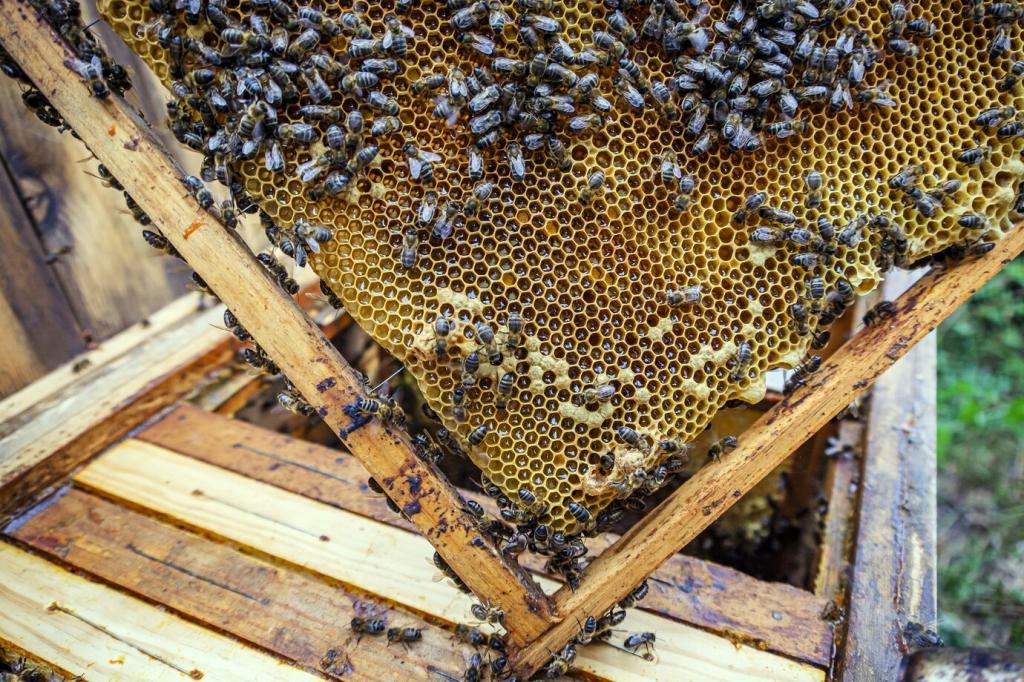
Previous
Next
Understanding Urban Beekeeping
Before setting up a hive, it is crucial to familiarize oneself with local laws and ordinances related to beekeeping. Urban areas may have specific requirements regarding hive placement, registration, and the permissible number of colonies. Failing to comply can result in fines or the removal of hives, so diligent research and communication with municipal authorities or local beekeeping associations are essential for a smooth operation.
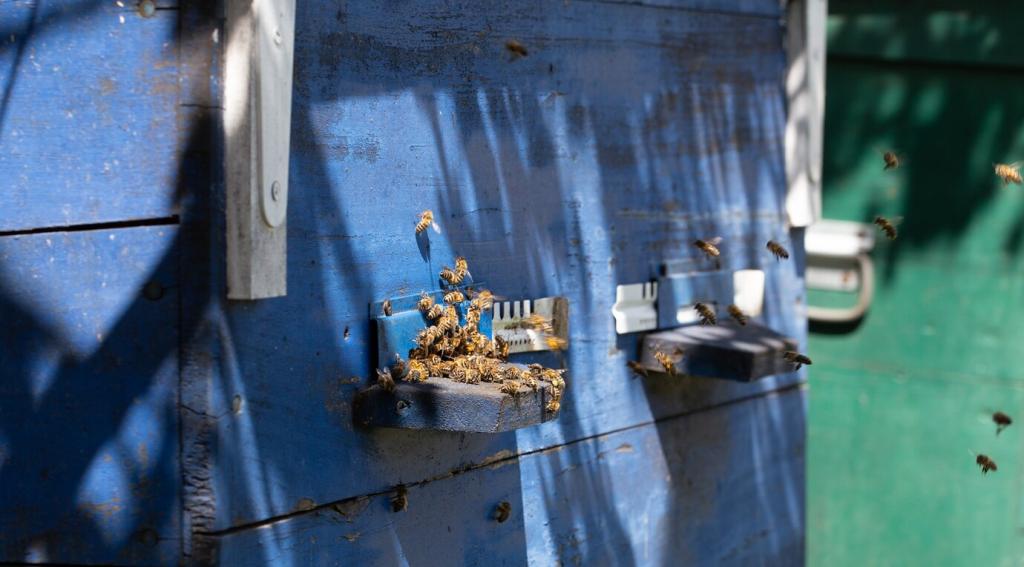
Choosing and Preparing Your Hive Location
Optimal hive placement should allow for ample morning sunlight, which encourages bees to start foraging early and helps to keep the hive dry and warm. However, direct afternoon sun during peak summer can be harsh, so partial shade or a simple awning may be necessary. Additionally, shielding the hive from strong winds and heavy rain with nearby structures or windbreaks will contribute to healthier colonies.
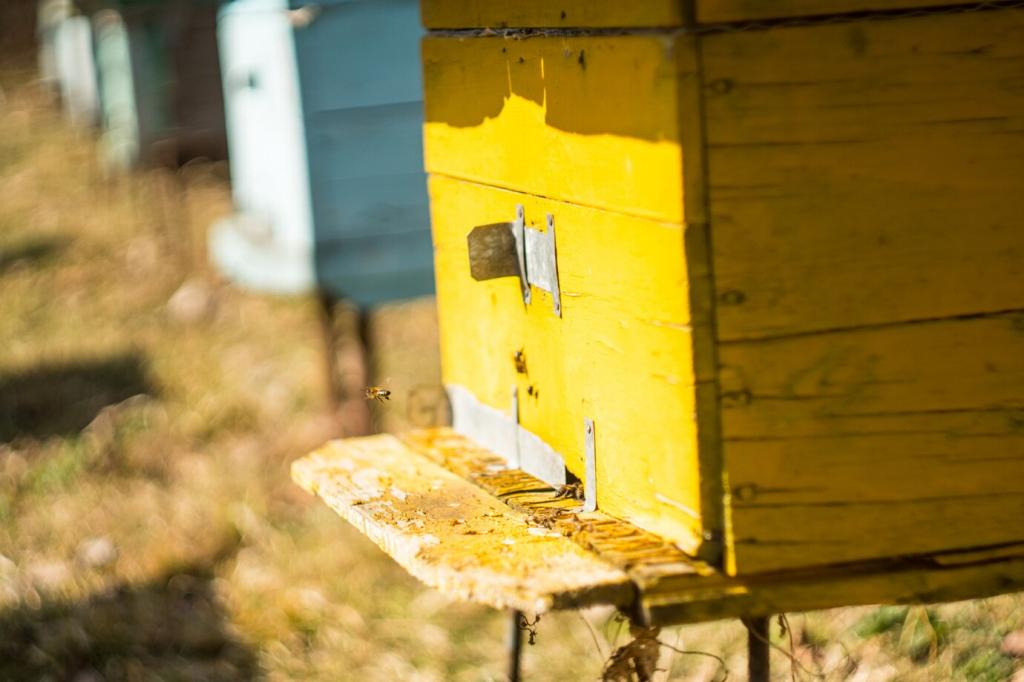
Selecting the Right Bee Strain
Different bee strains display varying temperaments and foraging behaviors. Urban beekeepers typically benefit from gentle, disease-resistant strains that exhibit minimal aggression. Italian and Carniolan bees are popular choices for their calm demeanor and high honey yield, making them especially suitable for densely populated areas where stinging incidents must be minimized.
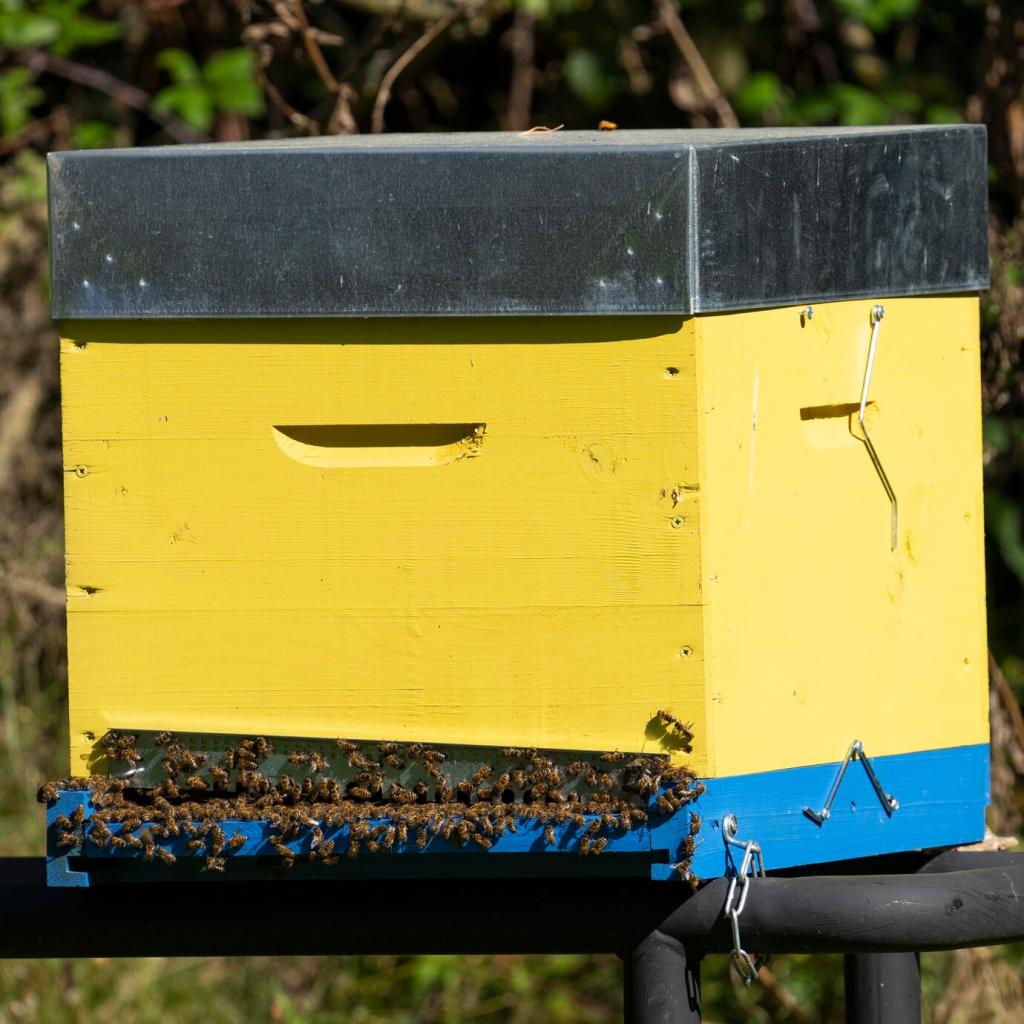
Responsible Sourcing of Colonies
Purchasing from local or regional bee suppliers increases the likelihood of acquiring colonies that are acclimated to your climate and foraging conditions. It is important to avoid introducing non-native species or bees with a known history of disease or pests. Many urban beekeepers opt for nucleus colonies or established hives to reduce the risk of absconding and other early setbacks.
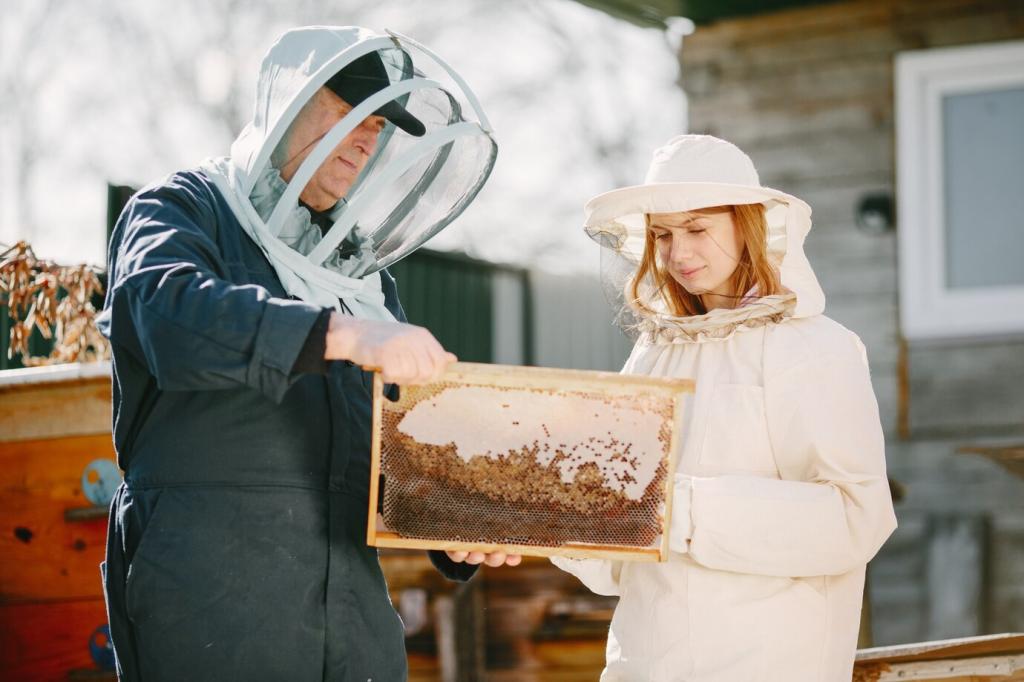
Installing Your First Colony
Successful installation begins with preparing your hive and ensuring all equipment is sanitized and ready. It’s best to install bees during mild weather when nectar sources are abundant. Handling bees gently and minimizing disturbance during the initial introduction helps the colony settle and begin building comb. Monitoring for signs of stress or disease in the first few weeks is critical for long-term success.
Hive Management and Maintenance
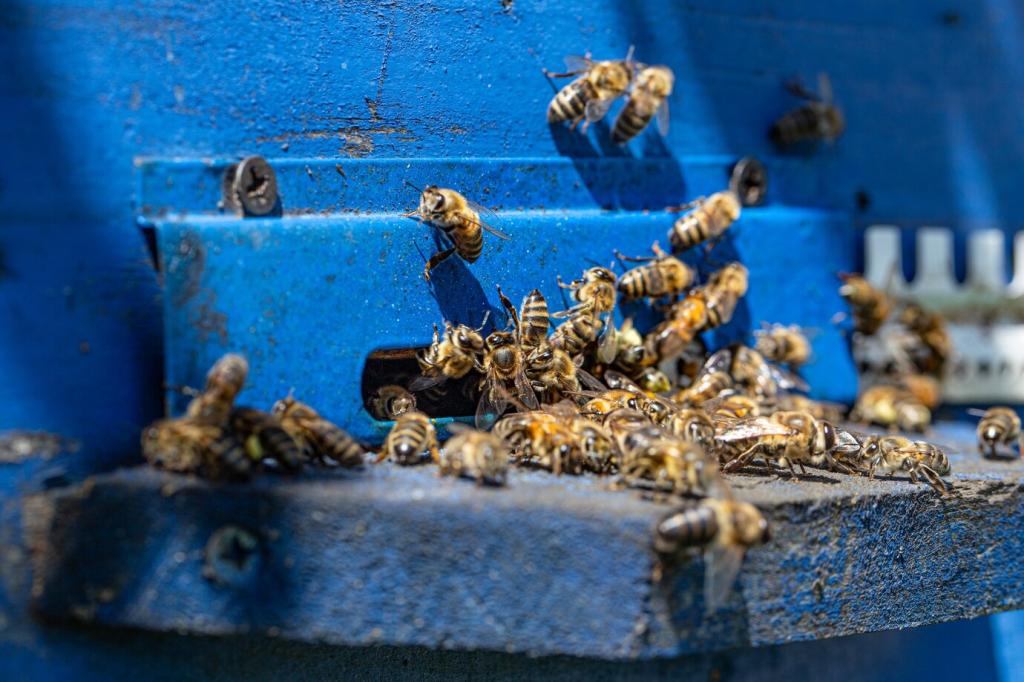
Conducting Regular Inspections
Routine hive inspections allow beekeepers to monitor colony health, brood patterns, and honey stores. Early detection of problems such as queen loss, swarm preparations, or signs of disease is crucial. Inspections should be performed every 7-10 days during peak foraging seasons, always with minimal disruption to maintain colony stability and productivity.
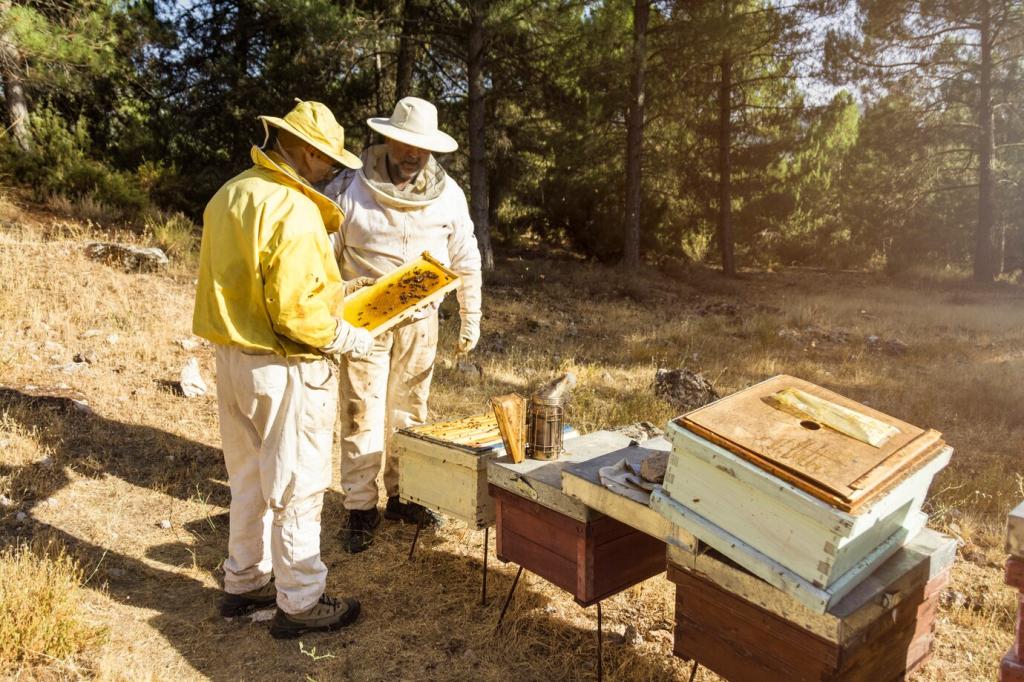
Pest and Disease Management
Urban hives face threats from common pests like Varroa mites, small hive beetles, and environmental pollutants. Integrated pest management strategies—including physical inspections, chemical treatments where permitted, and maintaining strong, vigorous colonies—can greatly reduce disease outbreaks. Urban environments may also introduce unique challenges like exposure to pesticides from nearby gardens or public spaces, necessitating additional vigilance.
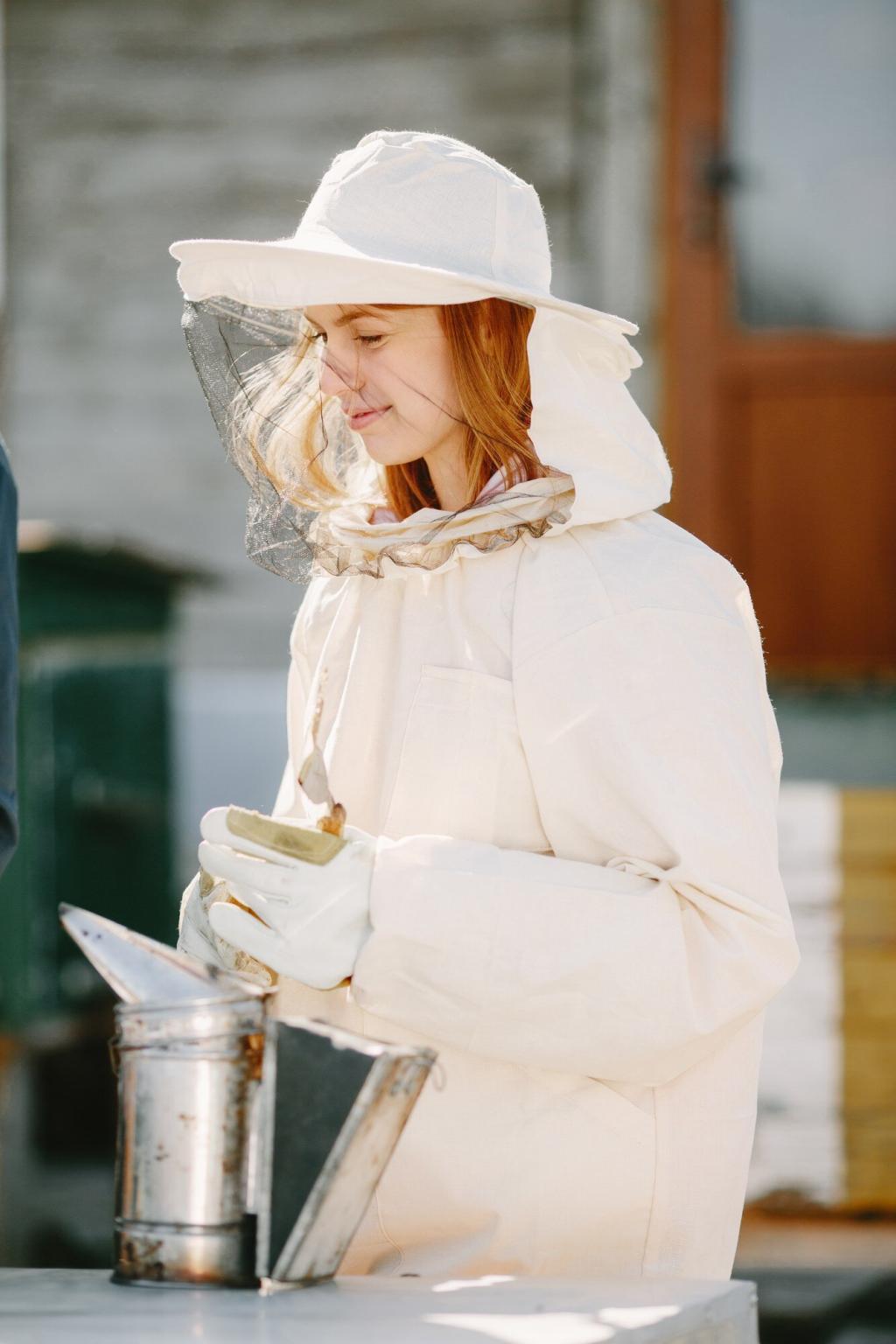
Seasonal Preparations
Urban beekeepers must adapt their care strategies as seasons change. In spring and summer, focus shifts to swarm prevention and honey production, while autumn brings the need for consolidation of stores and varroa treatments. Winterizing urban hives includes ensuring adequate insulation, ventilation, and emergency feeding, as well as safeguarding hives from harsh weather and potential vandalism.
Foraging, Feeding, and Urban Nutrition
Maximizing Forage Availability
Urban environments often feature “pollen deserts,” or large areas with little to offer pollinators. Beekeepers can contribute by planting pollinator-friendly gardens, encouraging neighbors to do the same, and collaborating with local authorities for public planting initiatives. Prioritizing a diverse mix of flowering plants that bloom at different times extends foraging opportunities from early spring to late fall.
Supplemental Feeding Practices
During periods of dearth, such as early spring or late fall, bees may require supplemental feeding with sugar syrup or pollen substitutes. Urban beekeepers must monitor stores vigilantly and only feed when necessary, as overfeeding can reduce honey quality. Safe, clean feeding practices prevent the spread of disease and attract fewer pests.
Urban Pollinator Partnerships
Engaging with local gardening groups, community associations, and environmental organizations can amplify the benefits of urban beekeeping. Joint initiatives, such as creating pollinator corridors and advocating for pesticide-free zones, enhance foraging resources not only for bees but also for other vital pollinators, supporting the broader urban ecosystem.
Previous slide
Next slide
Urban Hive Products and Responsible Harvesting
Timing Your Harvest
Harvesting honey requires patience and an understanding of colony needs. Beekeepers must ensure bees have stored sufficient honey for their own survival, particularly in areas with longer winters or fewer forage opportunities. Harvesting should be done after peak nectar flow, leaving at least 30–40 pounds of honey per colony for winter stores in temperate climates.

